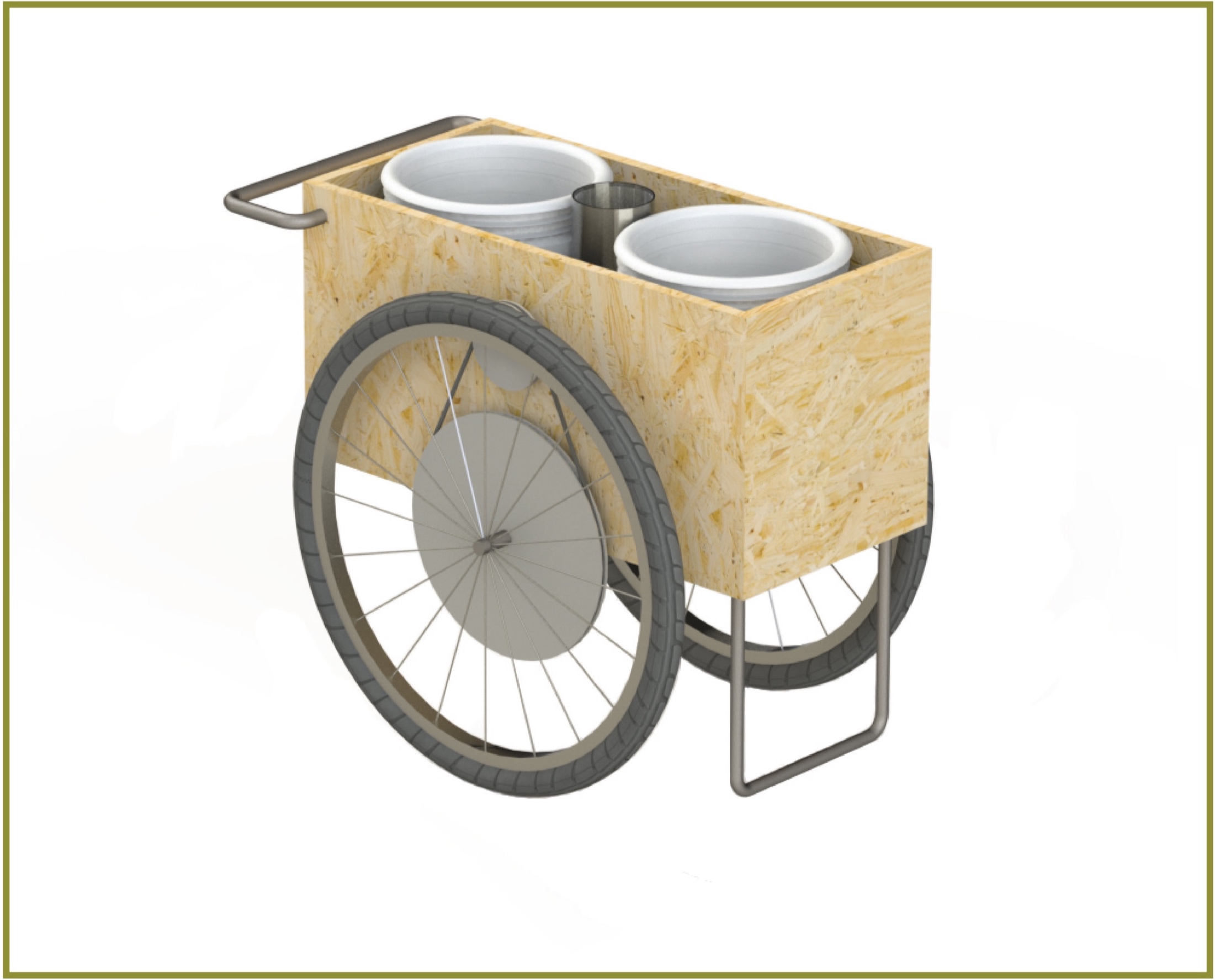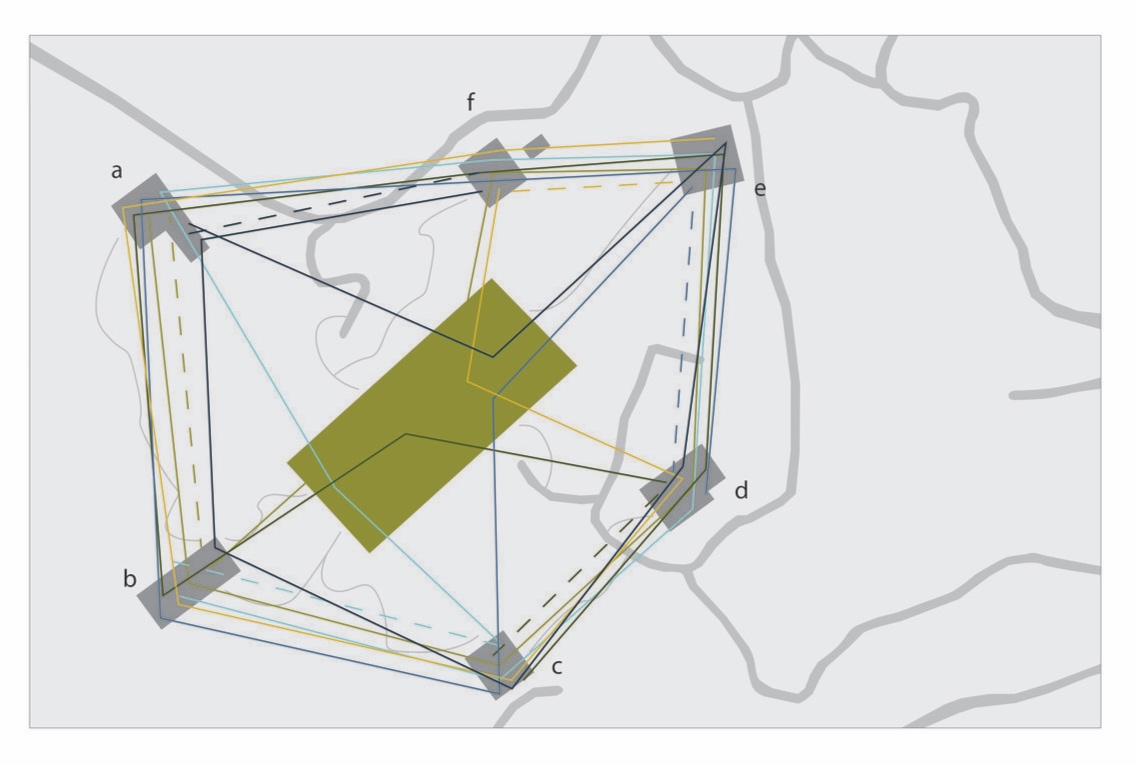water filtration system
For small villages surrounding Lake Atitlán, malnutrition continues to be one of the leading problems facing communities and daily life. Volunteers are helping locals to plant fruits, vegetables, herbs and grains to target specific nutrition issues. Currently, gardens are underwatered or plants are harmed when watered with unfiltered greywater.
INTERVIEWS
I partnered with Rising Minds, a non-profit organization located in Guatemala. Their main concerns centered around the underwatered gardens where specific vegetables are grown to target nutritional deficiencies. The need was clear: a greywater system that could be recreated on the ground, allowing communities to be self-sufficient.
water + NUTRITION research
Many overlook the paradoxical idea that normal or overweight individuals can be malnourished. This leads to a huge problem today described by Hester Vorster as “hidden hunger, a term used to indicate micronutrient deficiencies in apparently well-fed individuals.”
objectives
Gardens will provide fresh vegetables and herbs for educational programs while being part of a well-rounded diet. Communities are set in the hills around Lake Atitlán. Some gardens are centrally located, close to the town center, schools and shops. Most gardens, however, are shared between 6 or so families whose homes are spread apart.




ideation + testing
A simple mechanism was needed to move water from the greywater bucket to the clean water bucket through the filter. The power would be provided by the wheels via the movement of the cart. It was important that it could be easily replicated and repaired.




solution
NEEDS MET: provides additional water for gardens, eliminates the need for water storage, maintains important social aspects, easily repaired and maintained, no electricity needed, can be used by all age groups




how the system works
Six families can water the same communal garden and share equal responsibilities.
The family in house a will collect water from houses b-f, water the garden, and leave the cart at house b on the way back home. The next day, the family from house b will collect water from houses c-a, water the garden, and leave the cart at house c. And so on ....




